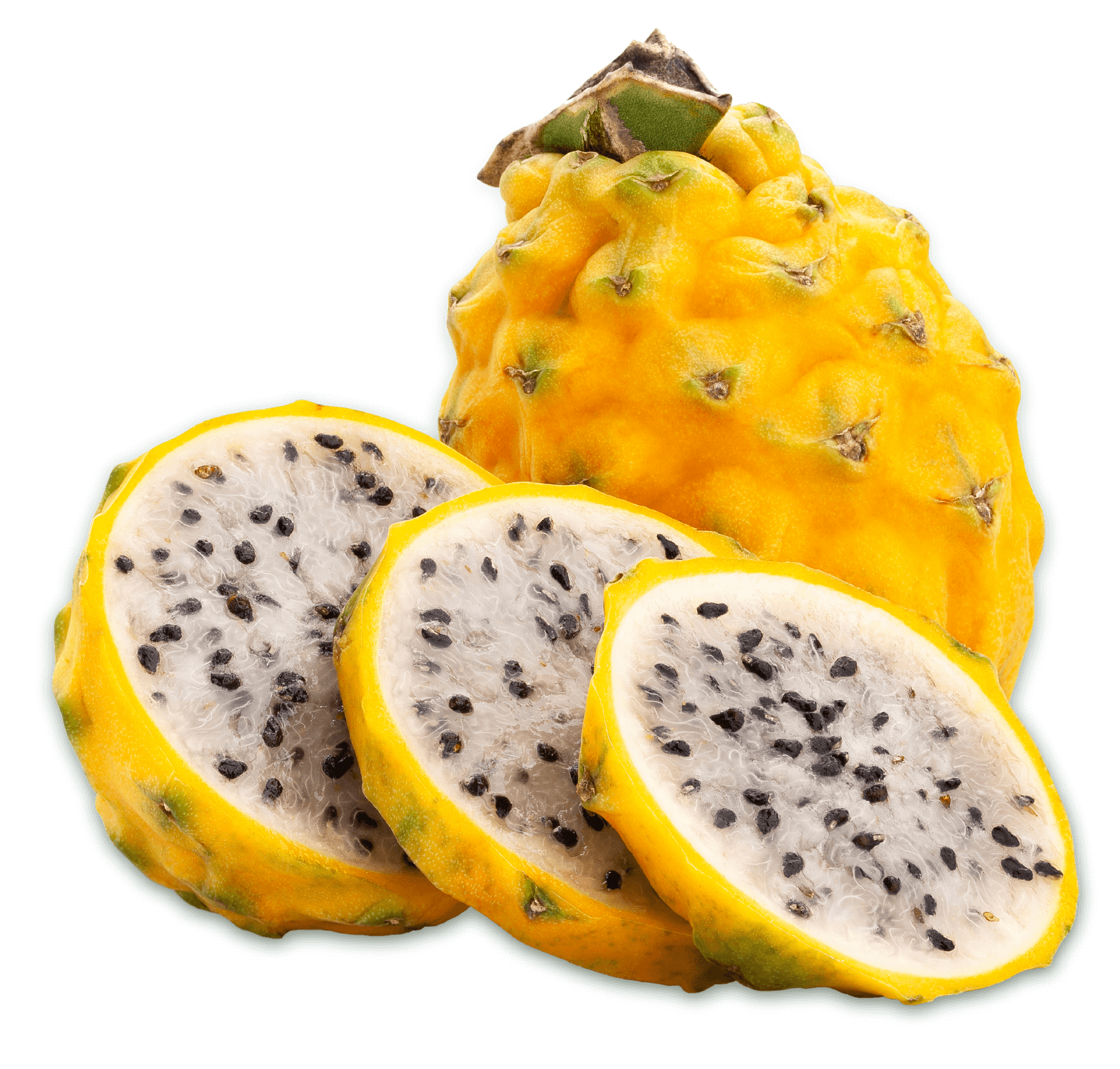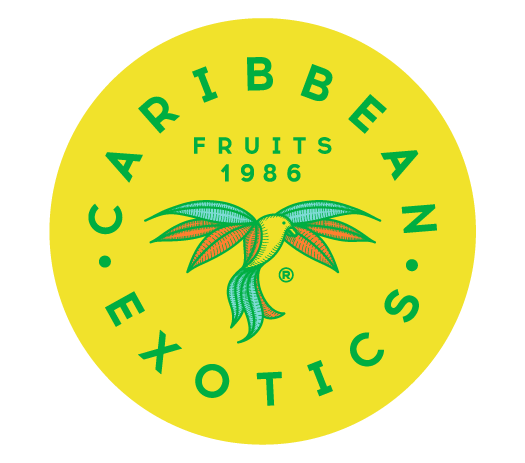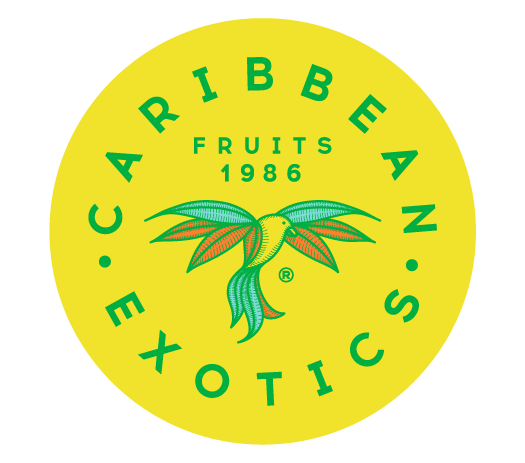Pitahaya

Pitahaya–also known as dragon fruit–belongs to the cactus family. The fruit has an oval shape with protruding formations. The skin is thick, smooth and has a color that varies from green to yellow as it matures. The pulp is greyish white, and dotted with small, edible black seeds. The taste is very sweet, sweeter than red pitaya.
The pitahaya can be consumed fresh, cutting it into halves and removing the pulp with a spoon, it can also be sliced. The pitahaya is known as a digestion-aid. If this effect is not desired, it is recommended to not chew the seeds. The skin is not edible.
Nutritional information
It is rich in vitamin C, also contains B vitamins and minerals such as calcium, phosphorus, and iron. Pitahaya has a high water-content, vegetable protein and soluble fiber.
Minimum Brix degress

Crops
Pitahaya is best grown in well-drained soils with a pH of 5.5 to 6.5 and a high-content of organic matter. It develops well at an altitude from 0 to 1,850 meters above sea level (MASL), with an annual rainfall from 650 to 1,500 mm, in a temperature range from 18° to 27°C.

